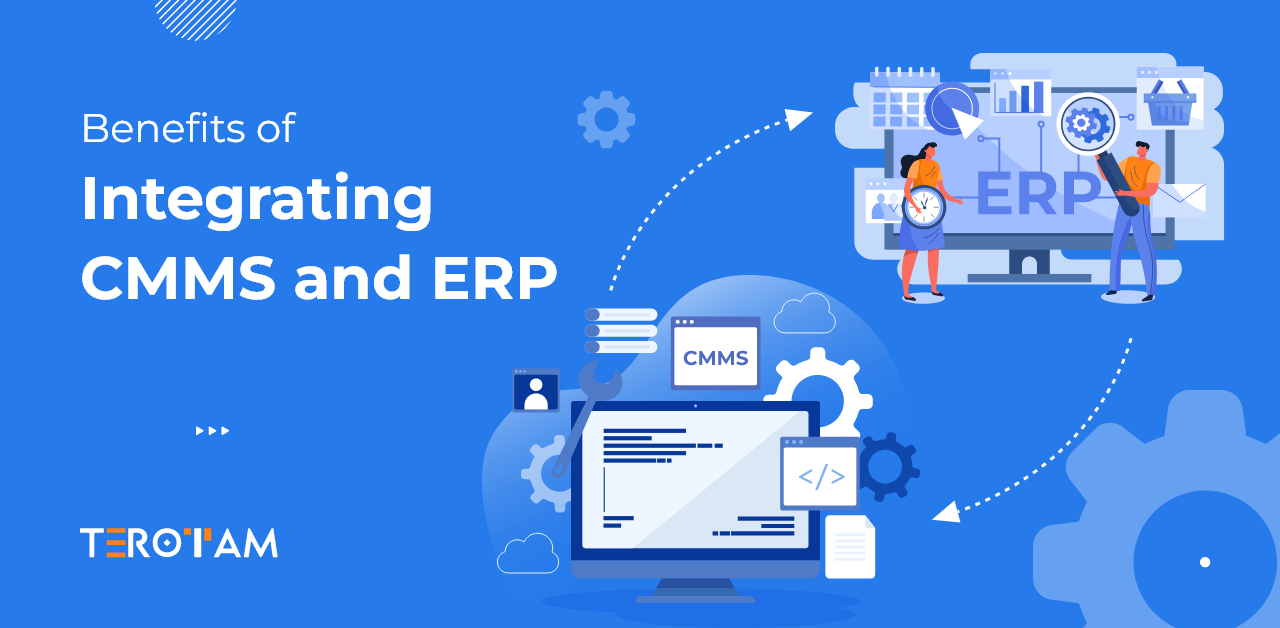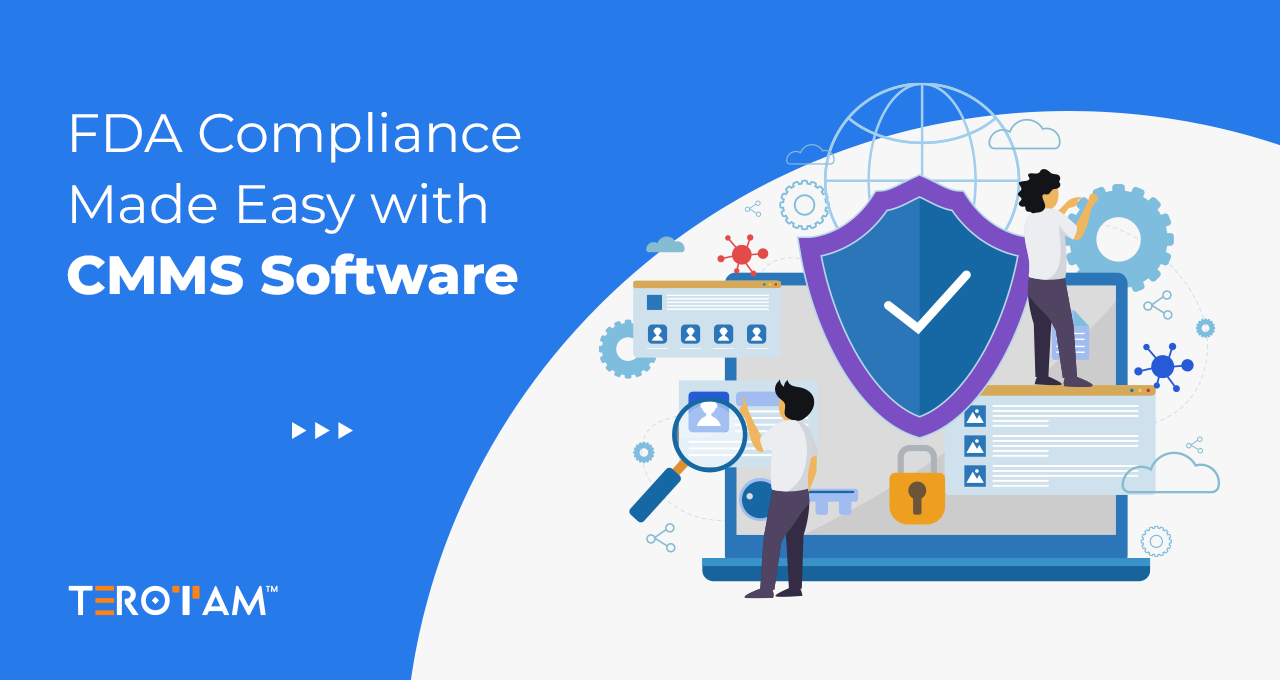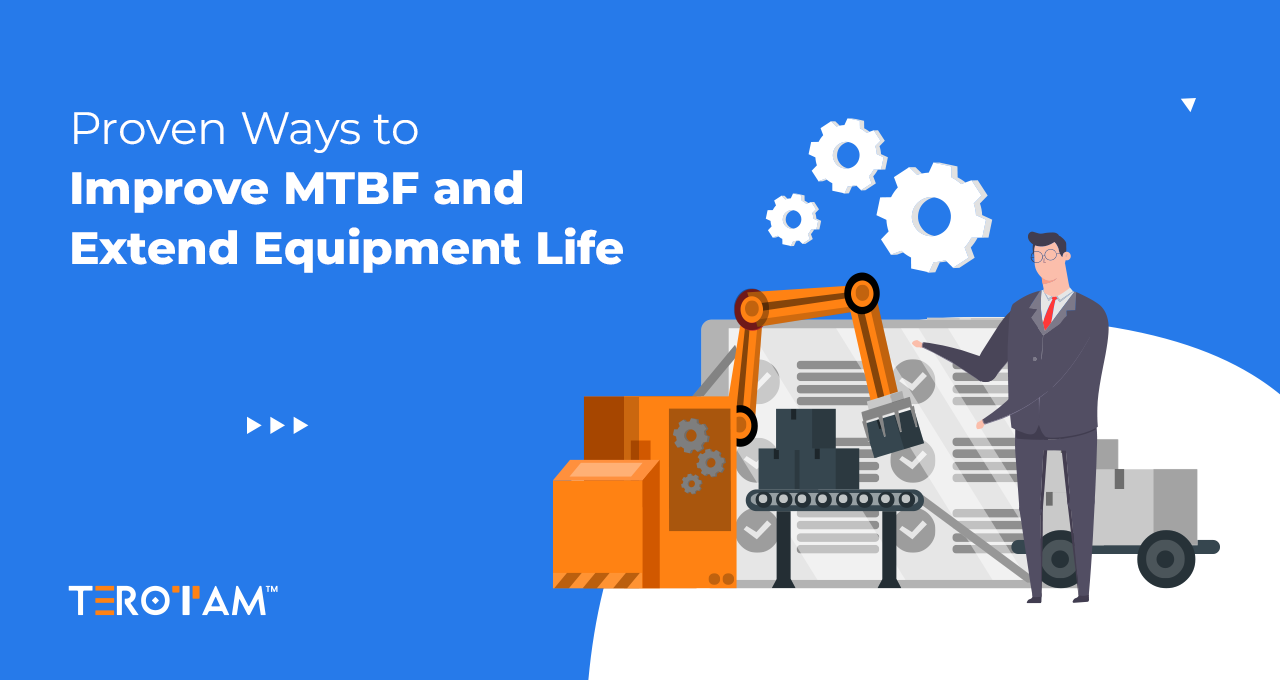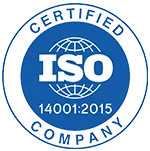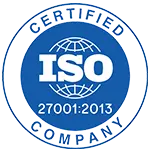For many organizations, maintenance operations and enterprise management still operate in silos. While CMMS (Computerized Maintenance Management System) keeps asset maintenance under control, ERP (Enterprise Resource Planning) focuses on streamlining broader business functions like finance, procurement, and inventory. But when these two systems work together, the benefits go beyond just data sharing—they open up a more efficient, informed, and agile way of managing operations.
Integrating CMMS with ERP is no longer just a “nice-to-have.” It’s a strategic move for companies looking to drive cost control, reduce downtime, and build stronger operational workflows that support both the shop floor and the boardroom.
Let’s explore how this integration helps manufacturing plants, facilities teams, utilities, and other asset-intensive businesses run smarter.
Why do many organizations keep CMMS and ERP separate?
It’s common to find maintenance teams relying heavily on CMMS, while finance and procurement operate ERP independently. This separation often arises from different priorities, user groups, or legacy systems that weren’t designed to communicate. Maintenance teams focus on uptime and asset health, while ERP handles broader business operations.
However, this divide can lead to duplicated efforts, delays in decision-making, and missed opportunities for efficiency. Without shared data, procurement might order unnecessary parts, or finance might be blindsided by unexpected maintenance costs. Bridging this gap requires more than manual data transfers—it needs a true system integration.
Challenges of disconnected CMMS and ERP systems
When CMMS and ERP don’t talk, it creates hidden costs and risks that slow down business:
- Data silos: Important maintenance data stays trapped in the CMMS, while financial and inventory data lives in ERP. This fragmentation makes it hard to get a clear operational picture.
- Inconsistent reporting: Maintenance teams and finance may work from different versions of the truth, complicating budgeting and performance tracking.
- Delayed response: Without real-time updates, stock shortages, work order delays, and cost overruns become more common.
- Manual workflows: Many teams resort to spreadsheets or duplicate entries to share data, which wastes time and increases the chance of errors.
Key Advantages of CMMS and ERP Integration
1. Unified view of operations
When CMMS and ERP are integrated, maintenance data doesn’t stay isolated. Information such as asset performance, maintenance history, and work order statuses becomes instantly available across departments.
- Finance teams can see how maintenance activities impact budgets in real time.
- Procurement gets immediate visibility into parts usage and can better forecast inventory needs.
- Operations teams can plan production schedules more accurately, knowing asset availability ahead of time.
This shared visibility minimizes miscommunication and creates a well-synced flow of decisions across the entire organization.
2. Smarter inventory and spare parts management
Unplanned downtime due to missing spare parts is a common challenge for maintenance teams. By linking your CMMS with ERP, inventory levels get automatically updated based on work orders, part consumption, and purchase orders.
- Maintenance requests can trigger automatic replenishment workflows in the ERP.
- Stock levels across multiple locations can be monitored in one place.
- Overstocking and stockouts are significantly reduced, saving money and time.
This creates a more responsive supply chain loop, ensuring parts are where they’re needed—when they’re needed.
3. Real-time cost tracking and budget control
Cost visibility improves dramatically when ERP and CMMS data converge. Each maintenance task logged in the CMMS can automatically update ERP modules related to accounting and budgeting.
- Labor, parts, and equipment costs are reflected immediately in financial reports.
- It becomes easier to compare budgeted vs. actual expenses for maintenance.
- Cost-heavy assets can be flagged early for replacement or condition-based interventions.
Over time, this makes budgeting more accurate and spending more justifiable across capital and operational expenses.
4. Enhanced regulatory compliance and audit readiness
Many industries—especially in healthcare, manufacturing, and utilities—are subject to strict regulatory standards. CMMS systems track maintenance activity, safety checks, and inspections. When integrated with ERP, this data is backed by complete procurement, inventory, and financial records.
- Audit trails become cleaner and easier to access.
- Compliance reporting can be generated faster and with greater accuracy.
- Documentation is centrally stored and linked, reducing the manual effort during inspections.
This integrated compliance structure reduces the risk of penalties and keeps your business audit-ready all year round.
5. Better asset lifecycle management
Is an asset costing more to maintain than it’s worth? Are maintenance costs rising year over year without a clear reason? These questions are hard to answer when systems don’t talk to each other.
With integration:
- Asset depreciation tracked in ERP can be aligned with CMMS repair and maintenance data.
- Total cost of ownership (TCO) becomes easier to calculate.
- Replacement, refurbishment, or upgrade decisions can be made with real supporting data.
This leads to longer-lasting assets, smarter CAPEX planning, and fewer surprises down the road.
6. Improved decision-making with accurate analytics
When data from both systems comes together, reporting gets stronger—and more actionable.
- Dashboards can reflect real-time asset performance tied directly to production or revenue goals.
- Maintenance KPIs such as MTTR (Mean Time to Repair), downtime hours, and failure rates can be linked with operational outcomes.
- Decision-makers can drill down into causes of inefficiency across departments.
Rather than juggling multiple disconnected reports, stakeholders get a single, reliable source of truth.
Final thoughts
Integrating your CMMS with your ERP system isn’t just about syncing data—it’s about building a connected approach to asset management, finance, operations, and compliance. It strengthens your business from the ground up by creating better communication, faster decisions, and more efficient resource use.
For businesses in manufacturing, facility management, utilities, and logistics, this integration brings a clear competitive edge. It empowers teams to stay agile, reduce risk, and operate with the clarity that modern operations demand.If you’re still managing these systems separately, now’s the time to reconsider. The benefits are tangible—and they’re only growing as maintenance and enterprise software become more connected than ever.
Want to know more? – Drop us a line at contact@terotam.com


